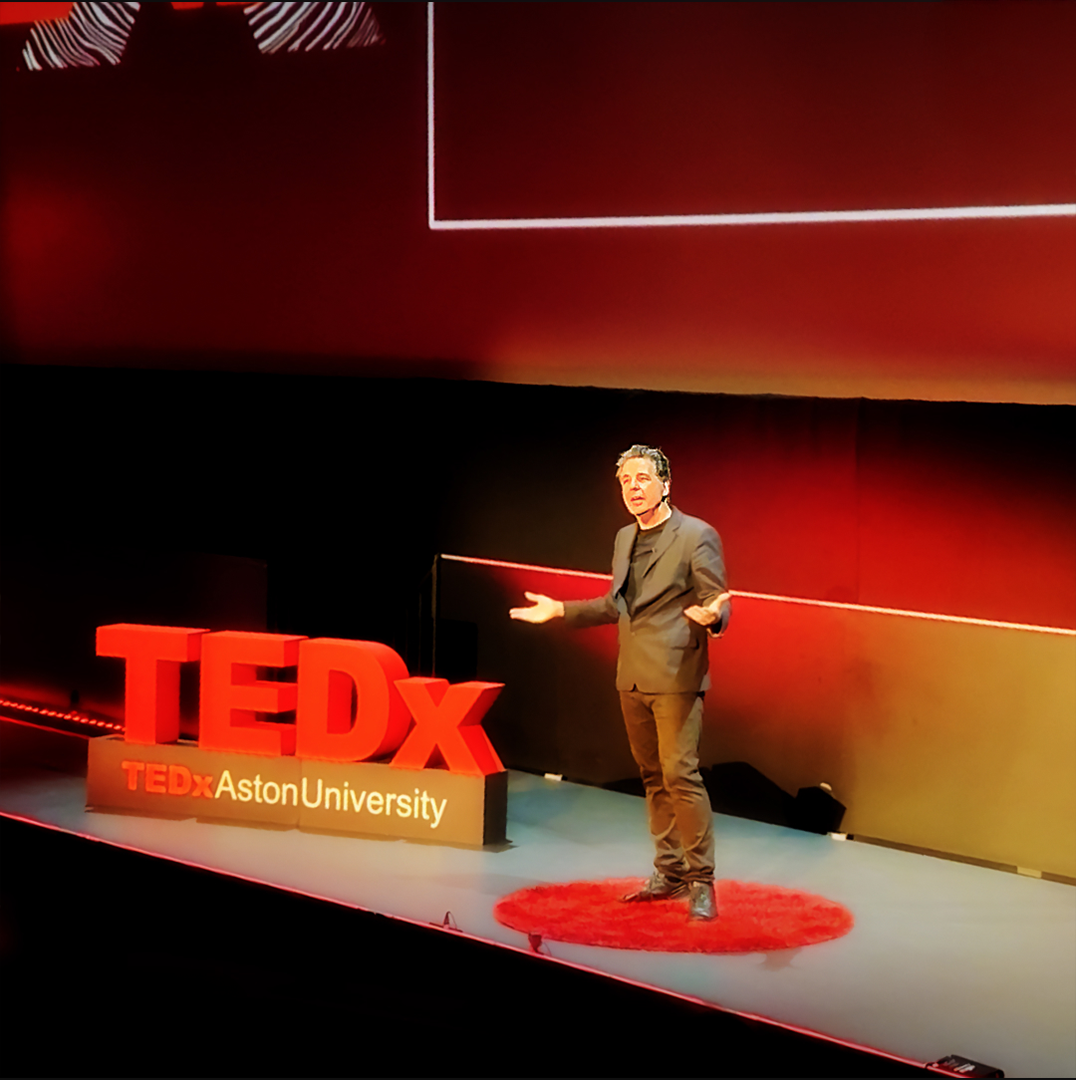When making decisions, humans tend to opt for instant rewards, rather than wait for something greater down the line. This tendency is known as hyperbolic discounting and is a critical factor in shaping customer behaviour.
Simply put, we often choose what feels good now, even if it means passing up a bigger, more valuable reward later.
A common example is pension saving - paying a larger amount into your pension each month will grow your future savings and lead to a more comfortable retirement. But many people choose to spend that money now because the immediate reward - like a night out or a holiday - is more tempting.
This is hyperbolic discounting in action: valuing the present over the future and opting for instant gratification over long-term benefits.
Why we struggle with the future
Hyperbolic discounting explains why we tend to overvalue the present and undervalue future rewards. The further out a reward is, the less appealing it becomes. It's almost as if we're hardwired to grab what’s in front of us now, even when it costs us later. We know the future reward is better, but the short-term payoff feels more urgent.
This bias applies to all walks of life. It’s why we procrastinate on important tasks, delay making decisions, or avoid healthy choices. The pull of the present moment is powerful, and it’s easy to prioritise immediate satisfaction over things that require more effort or patience.
Why it’s called hyperbolic discounting
Discounting refers to how we reduce the value of a reward as the delay in receiving it increases. Imagine plotting two lines on a graph: one for how we should rationally value future rewards and another for how we actually do.
The rational approach would show a straight line, representing constant discounting. The actual approach would show a hyperbolic curve - which rises steeply at first and then levels off.

This visualisation helps explain why short-term rewards feel disproportionately more valuable than they logically should, hence ‘Hyperbolic Discounting’. Understanding hyperbolic discounting is a powerful tool for brands. By using human nature to shape decisions and drive action, brands can leverage this to their advantage.
Brands can use hyperbolic discounting to craft offers that encourage customers to make quicker decisions. This taps into psychological principles like the scarcity effect and FOMO (fear of missing out).
The scarcity effect suggests that when something is perceived as limited or in short supply, it becomes more valuable in the eyes of customers. When combined with urgency, such as limited-time offers, flash sales, or countdown timers, it plays on the fear that an opportunity will be lost if not acted on immediately.
The threat of missing out triggers instant decision-making, often leading to impulsive choices that wouldn’t normally be made if the reward were delayed.
Encouraging delayed gratification
While hyperbolic discounting often drives customers towards immediate rewards, brands can also use this bias to encourage long-term decision-making. The key is to make the future payoff feel more immediate and achievable.
Take loyalty programs, for example: offering small, incremental rewards over time creates a sense of ongoing benefit that encourages customers to return. The trick is to design these rewards so they feel both tangible in the short term and valuable in the long term. By offering small ‘wins’ today, brands can help customers see the larger reward in the future as something they can reach, ultimately shifting their mindset toward valuing the long-term benefit.
Addressing procrastination
Procrastination is another byproduct of hyperbolic discounting.
A lot of people hesitate to commit to a long-term goal or purchase. By framing the decision in terms of immediate benefit - like offering a small bonus for signing up today or a clear, tangible reason to act now - you’re tapping into that instant gratification need. The key is to show people that acting now doesn’t just bring an immediate reward, but sets them up for greater success in the future.
In summary
Hyperbolic discounting isn’t just a theoretical concept - it’s a real, practical factor in decision-making that brands can leverage. By understanding this bias, businesses can create strategies that speak directly to how people make choices.
Whether it’s through urgency, rewards, or re-framing long-term benefits, the right approach can push customers to act in ways that benefit both them and the brand. It comes down to giving people a reason to act now, while still being mindful of future benefits.


.png)


